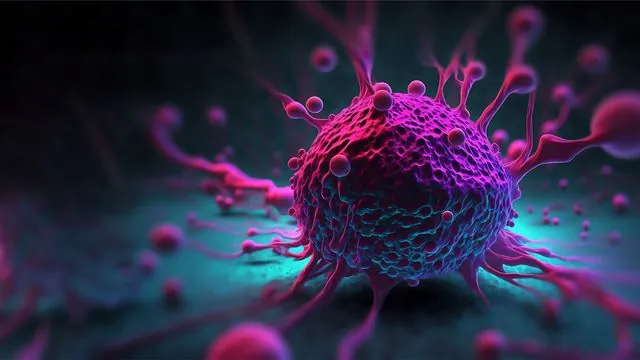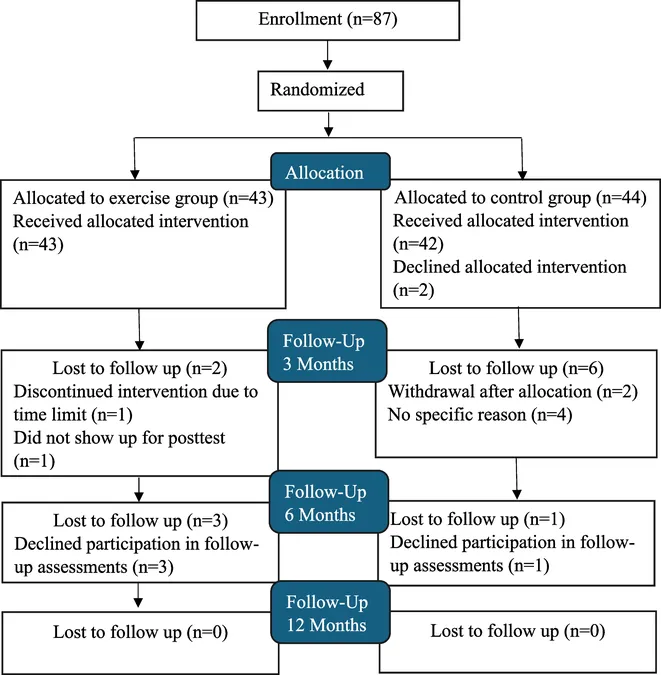
Unlocking Cancer's Secrets: How Immune Signals Influence Metastasis
2025-09-18
Author: Nur
The Hidden Pathways of Cancer Metastasis
In the relentless journey of cancer metastasis, tumor cells employ a molecular breadcrumb trail to migrate from their original site to establish colonies throughout the body. Scientists at Purdue University are delving into how blocking this signaling system could disrupt metastasis, yet also risk interfering with critical immune responses.
Deciphering the Complex Signaling System
Recent research, featured in *Nature*, sheds light on the intricate interactions within cells influenced by the endocrine system—a hormonal network vital for regulating metabolism, growth, and overall balance in the body. John Tesmer, a leading researcher at Purdue, explains: "When the cellular pathways governed by these signals malfunction, it can lead to disease. Our aim isn't to completely silence these pathways but to find compounds that refine the cellular response, maintaining beneficial pathways while suppressing harmful ones."
Chemokines: The Immune System's Messengers
When faced with threats like infections or tissue damage, cells spring into action, releasing chemokines—small proteins that beckon immune cells to the source of danger. These chemokines bind to receptors, triggering responses within the cell that are essential for survival. Notably, these receptors, including the atypical chemokine receptor 3 (ACKR3), are part of a much larger family known as G protein-coupled receptors (GPCRs), which are crucial for how cells perceive their environment.
GPCRs: The Drug Discovery Goldmine
GPCRs are prime targets in pharmaceutical research, as they can instigate reactions inside cells simply by binding on the surface—no need for the drug to enter the cell. Astonishingly, it’s estimated that over 30% of FDA-approved drugs target these receptors. Tesmer emphasizes the potential rewards of unraveling the complexities of these signaling pathways, especially with ACKR3 as a perfect example.
Unlocking the Mystery of ACKR3
ACKR3 operates like a flexible protein tube weaving through the cell membrane, activating upon binding with a chemokine. This activation sets off a cascade of cellular responses, where different proteins from the GPCR kinase (GRK) family modify the receptor through phosphate addition, creating unique 'barcodes' that dictate how the cell will respond.
The Role of GRK Barcodes in Cancer Metastasis
During metastasis, cancer cells often produce an excess of ACKR3, facilitating their journey to distant organs. Tesmer’s team explored how two different GRK proteins, GRK2 and GRK5, affect the ability of arrestin proteins to bind with ACKR3. Their research revealed that the location of the barcode—rather than its sequence—plays a crucial role in how cells respond, highlighting the intricate signaling processes triggered by a single receptor.
Implications for Future Cancer Therapies
These findings might pave the way for targeted therapies that could inhibit specific pathways responsible for metastasis while preserving immune functions. As Tesmer states, "Understanding why the placement of these barcodes matters could unlock new strategies for manipulating cell signaling, potentially revolutionizing cancer treatment without compromising the immune response."


 Brasil (PT)
Brasil (PT)
 Canada (EN)
Canada (EN)
 Chile (ES)
Chile (ES)
 Česko (CS)
Česko (CS)
 대한민국 (KO)
대한민국 (KO)
 España (ES)
España (ES)
 France (FR)
France (FR)
 Hong Kong (EN)
Hong Kong (EN)
 Italia (IT)
Italia (IT)
 日本 (JA)
日本 (JA)
 Magyarország (HU)
Magyarország (HU)
 Norge (NO)
Norge (NO)
 Polska (PL)
Polska (PL)
 Schweiz (DE)
Schweiz (DE)
 Singapore (EN)
Singapore (EN)
 Sverige (SV)
Sverige (SV)
 Suomi (FI)
Suomi (FI)
 Türkiye (TR)
Türkiye (TR)
 الإمارات العربية المتحدة (AR)
الإمارات العربية المتحدة (AR)